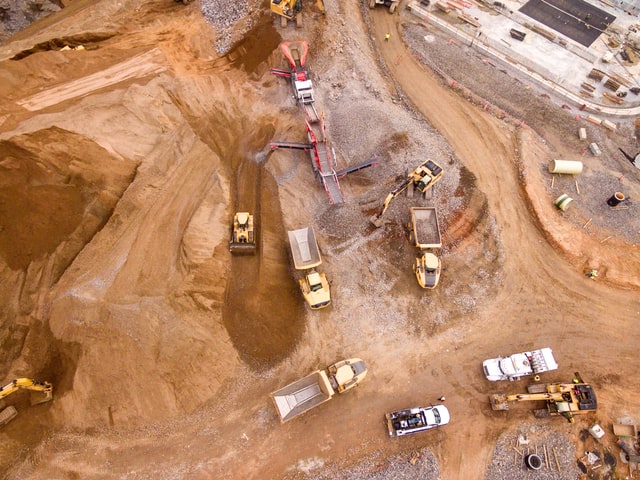
The term soil remediation is self-explanatory. However, if you are new to this field, here is the explanation of it. Soil remediation refers to the process of removing the contaminants (all types including metal, glass, etc.) and cleaning the soil. Civil contracting companies then build new structures on this soil. You can be sure of the structural element of a structure only if it is constructed on clean and contaminant-free soils. Today, soil remediation Vancouver BC companies make use of many simple and complex methods. The most common ones that are used in this industry today are:
Bioremediation
When you want to treat soil that has been contaminated with organic substances or inorganic contaminants (like heavy metal) you can use bioremediation technology. Here, microbes are used to break down the contaminants to produce non-toxic elements.
Electrokinetic Radiation
Mostly used for in-situ remediation purposes, electrokinetic remediation is a process where an electric field of low density is introduced in the contaminated soils. When direct current passes over the contaminants, it pushes them towards the electrodes, from where they are taken out eventually.
Stabilization
Stabilization and solidification (also known as immobilization), are processes where the contaminants are made to become immobile by adding certain additives to the soil.
Soil Washing
Mostly used for ex-situ soil remediation, soil washing is the process used to wash the soil with a liquid-based chemical and separate the contaminants from it. Usually, many civil construction companies practice soil washing as the first step of treatment. Once the contaminants are removed in this step, the residue of the clean soil is then treated to further soil remediation techniques.
Soil Vapor Extraction
Soil, which is found in the vadose zone contains a lot of high-volatile compounds it. Such soil is cleaned using the soil vapor extraction method. Here, screened wells are placed above the contaminated soils. The vapor from the contaminants is then pulled out through the well. So, the solid contaminants are first converted into vapor, before they are removed from the soils.
Thermal Desorption
Here, heat is introduced to the soils to convert the contaminants into vapor at a low boiling point. The company transfers this vapor to gas treatment units, where they are cleaned. The key to remember here is that this method of soil remediation should be used only when the soil is contaminated with volatile compounds. These contaminants can be organic wastes, oil wastes, coal tar wastes, synthetic rubber wastes, etc.
Vitrification
Here, the contaminants of the soil are converted into the form of glass by heating them at very high temperatures and instantly cooling them. Chemical compounds are used for transforming the contaminants into glass.
Phytoremediation
One of the most popular soil remediation methods, phytoremediation (also known as bioremediation is the process where vegetation and natural elements are used for removing the contaminants. Since it doesn’t involve any cost or effort, many companies use this method today. Since natural techniques are used in this method, it is considered the most eco-friendly soil remediation technique.
For more information about soil removal Vancouver, visit https://www.integritygroupcanada.com/soil-removal-vancouver/










